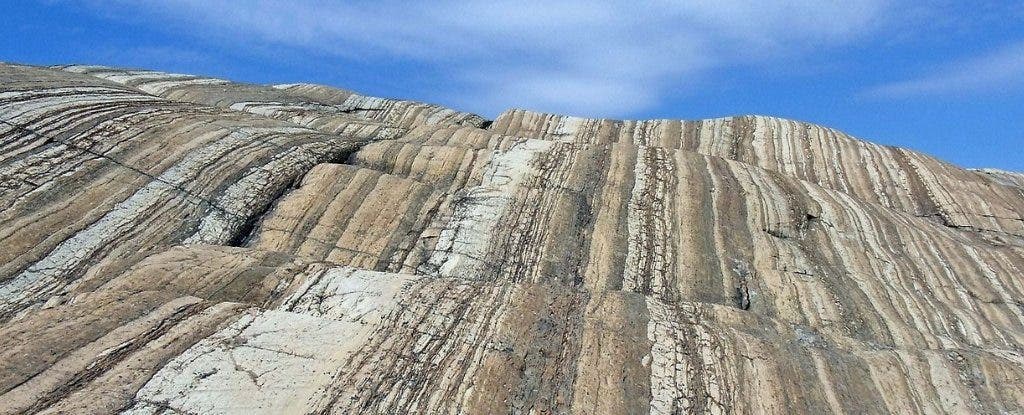Even before macroscopic life has evolved, Earth’s inhabitants were faced with extinctions of gargantuan proportions.

We’re taught in school about the five mass extinctions. These mass extinctions — which mark the end of geological periods — were described in a landmark paper published in 1982. The “Big Five” extinction events, as they are sometimes referred to, helped us understand that life on Earth is more dynamic and more prone to global disasters than we once thought. But now, a new study shows that mass extinctions have been happening for as long as life has existed on our planet.
Mass extinctions are not easy to define — even when they are macroscopic. When they are microscopic, it gets event more difficult. To find evidence of this even, researchers turned to barite from the Belcher Islands in Hudson Bay, Canada.
Barite is a mineral consisting of barium sulfate that encapsulates a record of oxygen in the atmosphere. It’s not easy to find rocks (let alone a specific mineral) that remained unturned for 2 billion years, but this was possible in Canada’s Belcher islands.
The barite samples revealed that Earth experienced huge changes in its early ecosystems — and 2.05 billion years ago, there was an enormous drop in life coinciding with a drop in oxygen levels.
“This shows that even when biology on Earth is comprised entirely of microbes, you can still have what could be considered an enormous die-off event that otherwise is not recorded in the fossil record,” says geologist Malcolm Hodgskiss from Stanford University, who led the study.
“The fact that this geochemical signature was preserved was very surprising,” Hodgskiss said. “What was especially unusual about these barites is that they clearly had a complex history.”
Long before complex life emerged and diversified, it was a period of feast or famine in Earth’s history. Some 2.4 billion years ago, Earth’s atmospheric oxygen was scarce. But when cyanobacteria entered the scene, they changed the entire system. These microorganisms lived in the Earth’s primordial oceans, which were essentially empty at the time. They thrived and expanded, using sunlight for photosynthesis and eliminating oxygen into the air.
This is called the Great Oxidation Event, and for life on Earth, it was a time of feasting. But, for reasons which are not entirely clear, this period came to an abrupt (and catastrophic) end — and with it, life also recoiled.
The finding also supports the “Oxygen Overshoot” theory, which suggests that the oxygen-releasing microorganisms hit a critical peak and spread more than they should. Without the nutrients to sustain them, they started to dwindle, which led to a decrease in atmospheric oxygen.
“Some of these oxygen estimates likely require too many microorganisms living in the ocean in Earth’s past,” says geochemist Peter Crockford from the Weizmann Institute of Science and Princeton University.
“So we can now start to narrow in on what the composition of the atmosphere could have been through this biological angle.”






